When choosing between black pipe and GI (galvanized iron) pipe, understanding their composition, manufacturing process, and applications can help you make the right decision. Both pipe types are widely used in construction, industry, and infrastructure projects, yet they have distinct features that set them apart.
What is black steel pipe and what are its uses?
Black steel pipe is known for its high strength and low maintenance requirements, making it an ideal choice for a variety of applications. For example, it is commonly used to transport gas and water in both rural and urban areas. It can also protect electrical wires and carry high-pressure steam and air. Black steel pipe is also commonly used in the oil industry, transporting large quantities of oil in remote areas.
However, it is important to note that black steel pipe should never be used to transport drinking water, as it corrodes easily in water, and minerals in the pipe can dissolve into the water and clog the line.
What Is GI Pipe?
GI pipe, or galvanized iron pipe, is made from steel coated with a protective zinc layer. This galvanization process helps prevent rust and corrosion. The zinc coating acts as a barrier, making GI pipes especially suitable for outdoor and water-based applications.
GI pipe full form stands for galvanised Iron Pipe. These pipes are coated with a zinc layer to protect them from corrosion and increase durability. The galvanised iron pipes offer versatility in the form of the dimension in which they are available. The size can range between 15mm and 150mm. Apart from being lightweight and economical, these pipes are known for easy installation, hence making them extremely useful for water transportation in rural regions. Despite their zinc coating, care should be taken so that they are not installed in highly acidic conditions, or it will lead to corrosion.
Black Pipe vs GI Pipe: The Main Differences
Although both black steel pipe and GI pipe are steel pipes, their main differences lie in coating, resistance and application:
|
Feature
|
Black Pipe
|
GI Pipe
|
|
Material
|
Carbon steel
|
Steel coated with zinc
|
|
Coating
|
Black oxide or black paint
|
Galvanized zinc coating
|
|
Corrosion Resistance
|
Moderate, suitable for industrial use
|
High, ideal for outdoor and water systems
|
|
Applications
|
Oil, gas, construction, heavy industry
|
Water supply, fencing, general construction
|
|
Cost
|
Generally lower
|
Slightly higher due to galvanization process
|
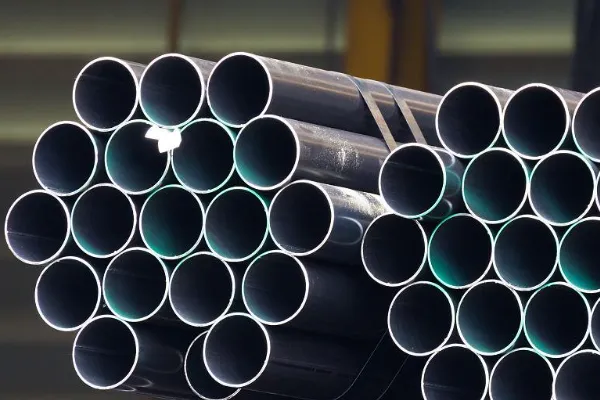
How does black steel pipe differ from other types of steel pipe?
Steel pipe is produced using two different methods, resulting in either welded or seamless pipe (
ASTM A106). In both methods, raw steel is first cast into a more easily workable initial form. The steel is then formed into a pipe by either stretching it into a seamless tube or pressing the edges together and sealing them with a weld.
The choice of pipe depends not only on its properties or chemistry but also on its price. Carbon steel is significantly less expensive due to the lack of elements in its alloy. Although carbon steel pipes are cheaper, their production method also accounts for a small portion of their cost. For example, carbon steel seamless pipe is produced in greater quantities because the process is more complex and time-consuming than welded pipe. However, price is not the only factor that distinguishes them. For example, welded pipe has a longitudinal seam that is not present in carbon steel seamless pipe.






 English
English Español
Español بالعربية
بالعربية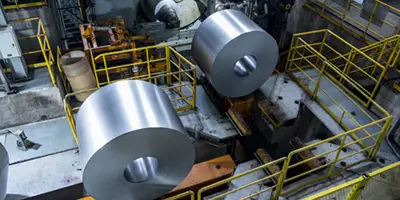

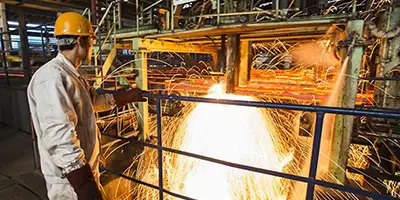
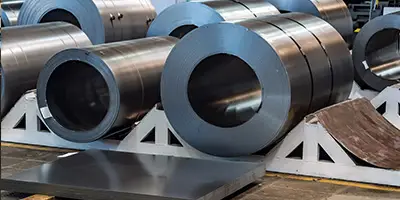

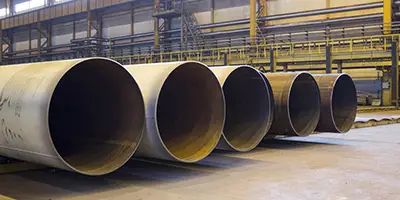

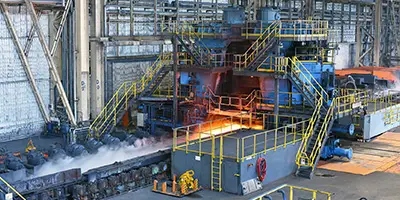
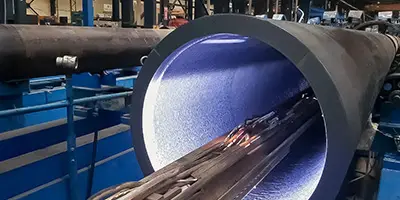
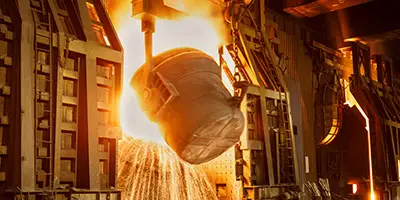


 Phone :
Phone :  Whatsapp :
Whatsapp :  Email :
Email : 


